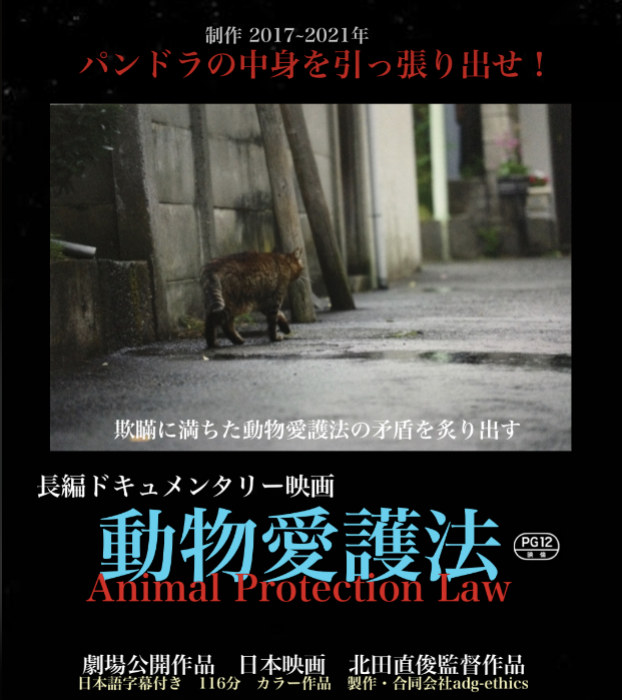
In response to the increase in the number of animal abuse cases, the Ministry of the Environment (MOE) has compiled a new guideline on how to deal with animal abuse.
The purpose of the guideline is to help local governments and others to organize the basic ideas and knowledge required for a prompt response when they detect a potentially abusive situation or a case of animal abuse, and to help them to respond appropriately.
According to the guideline, the external surface examination and palpation of a dead animal should be verified for abnormal findings such as broken bones, trauma, bruising, bleeding, vomiting, diarrhea, etc. The possibility of animal abuse cannot be ruled out in any case where an animal is found dead, unless a valid reason is clear at the scene. Therefore, it is recommended that further investigation, such as autopsy, be conducted or requested, even with the slightest “suspicion”. It is important to conduct palpation, visual examination, and information gathering on the situation at the scene where the body was found as a primary screening to detect animal abuse.
A documentary Animal Protection Law raises issues about the response in the industry and the judiciary. Its screenings were held on May 23 and 24 at the House of Representatives building.
On May 23, members of the Parliamentary League for Zero Euthanize of Dogs and Cats exchanged opinions with experts on the regulation of animal abuse videos at the House of Councilors. A draft of the Animal Cruelty Video Control Law was presented by a lawyer, and the reasons and methods for adding new provisions to the Animal Protection Law were also discussed.
Japan is moving toward further development of domestic laws, the World Dog Alliance (WDA) is furthering its efforts to enact an International Agreement to Prohibit the Eating of Dog and Cat Meat!
